The following bug coloring pages are ideal for your children to learn and respect the environment. Color these images with your favorites.
Ladybugs are small insects, measuring from 1 to 10 millimeters. They have short legs, and their backs are almost hemispherical.
Free Bug Coloring Pages
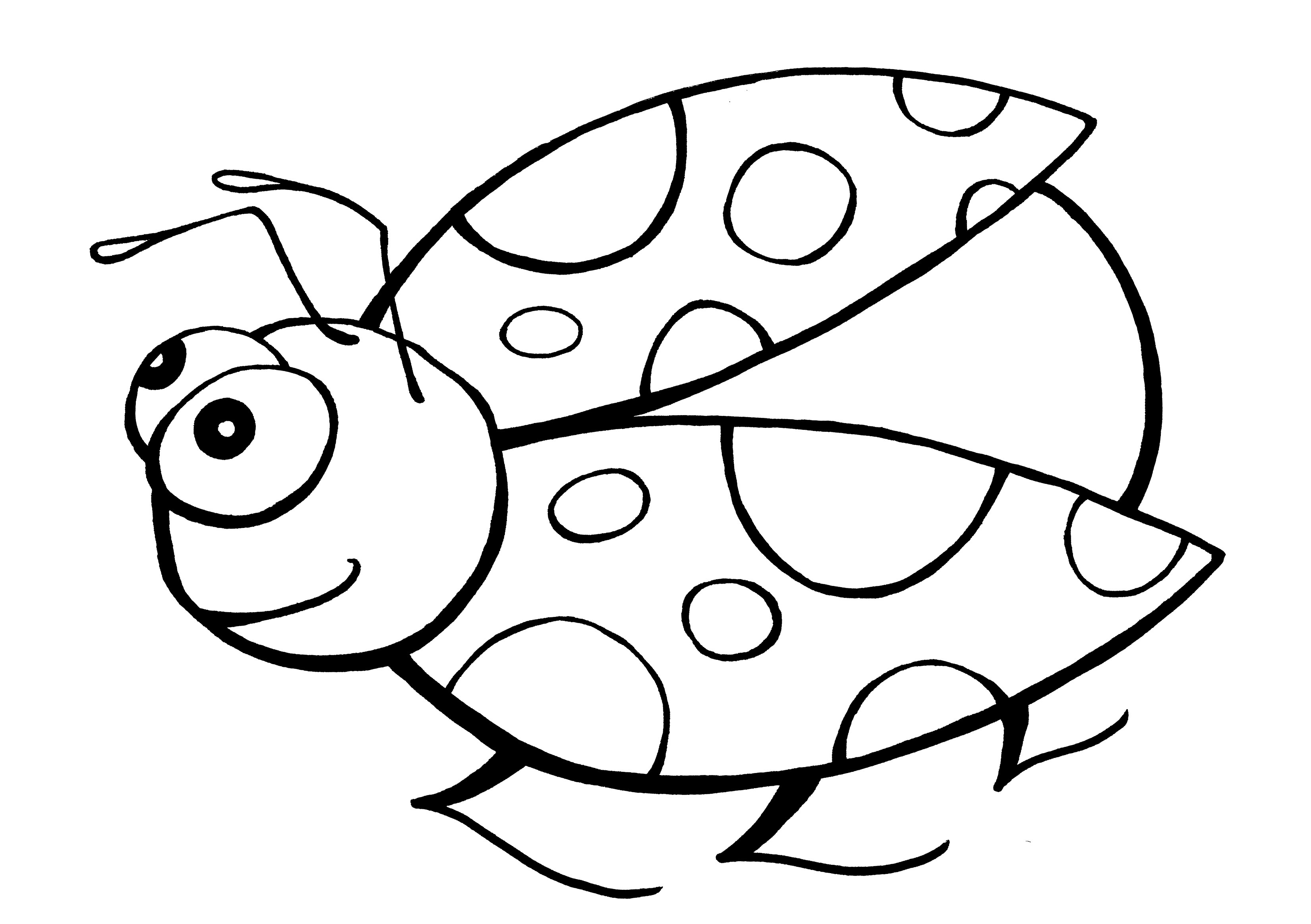
bug coloring pages for preschool 
bug coloring pages for preschoolers 
bug coloring pages printable 
bug coloring pages 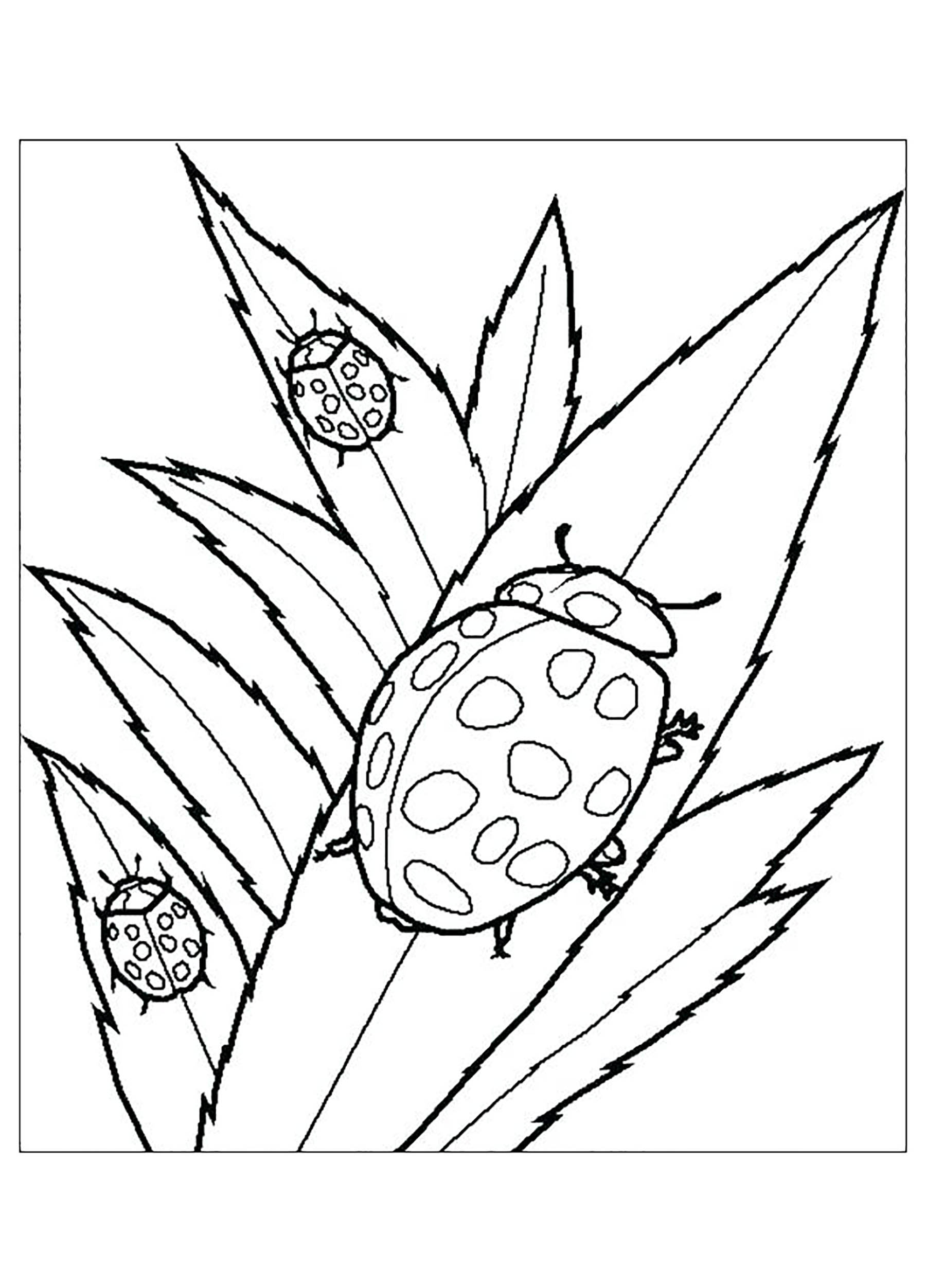
bug insect coloring pages 
cute bug coloring pages 
free bug coloring pages 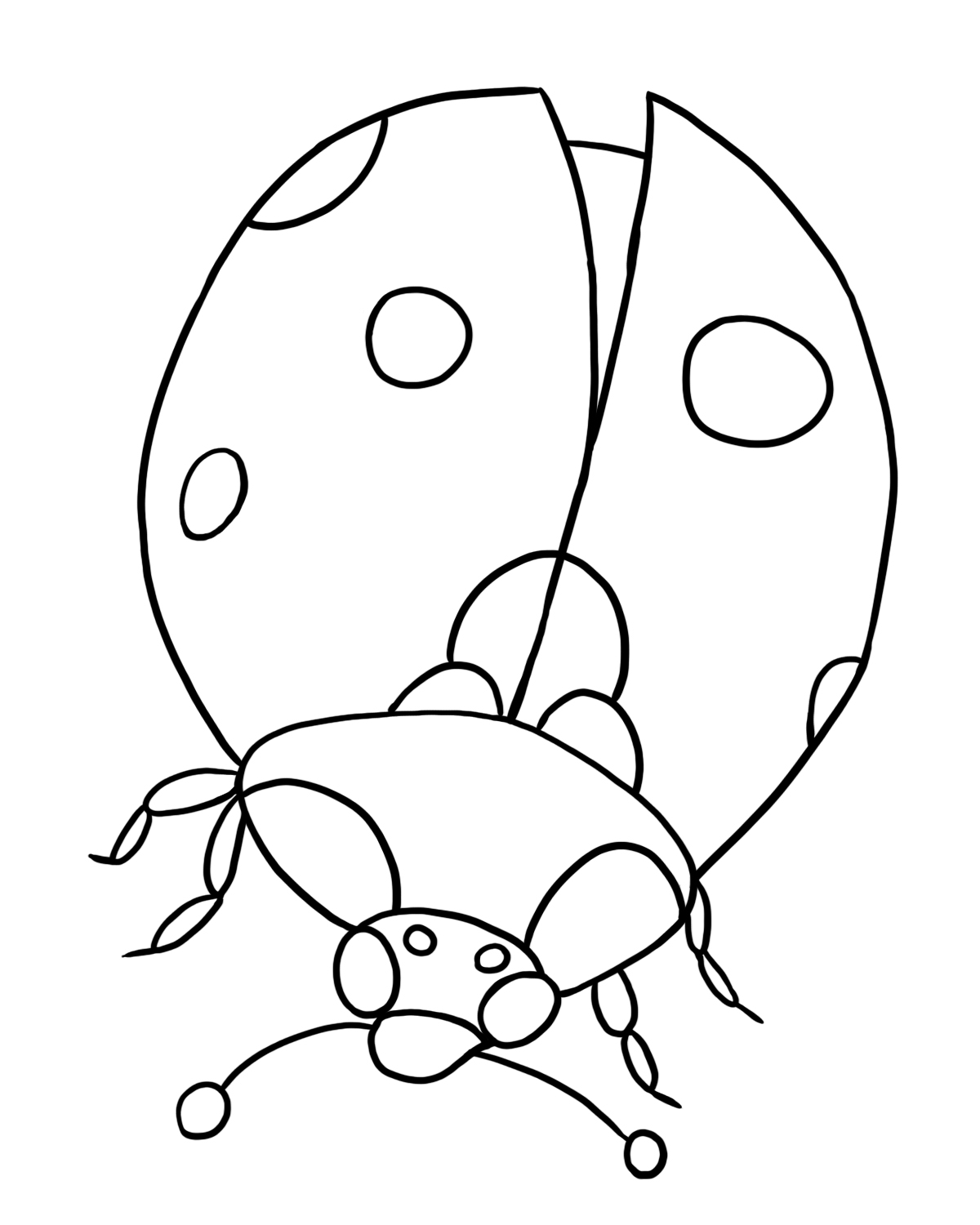
love bug coloring pages 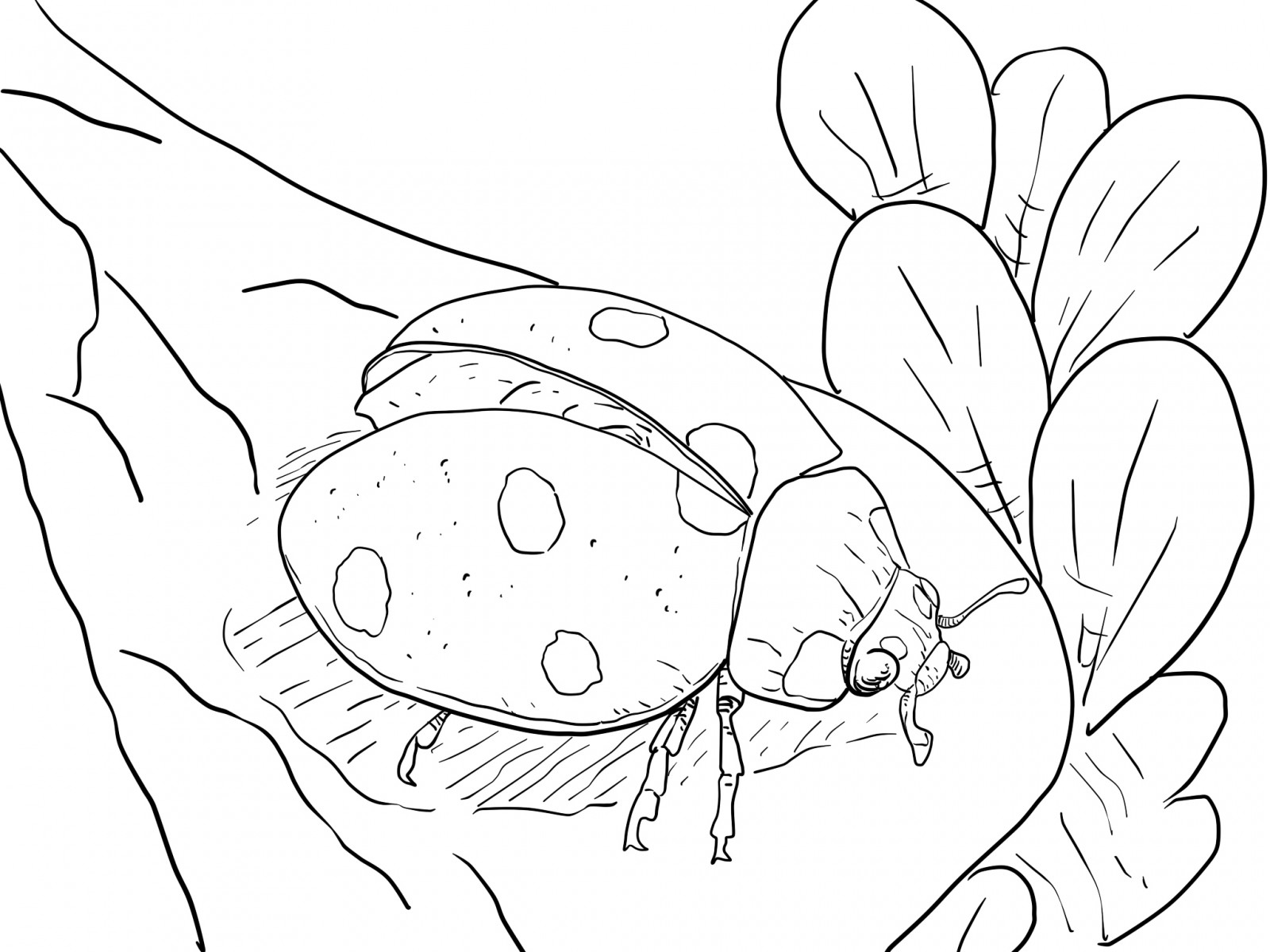
printable bug coloring pages 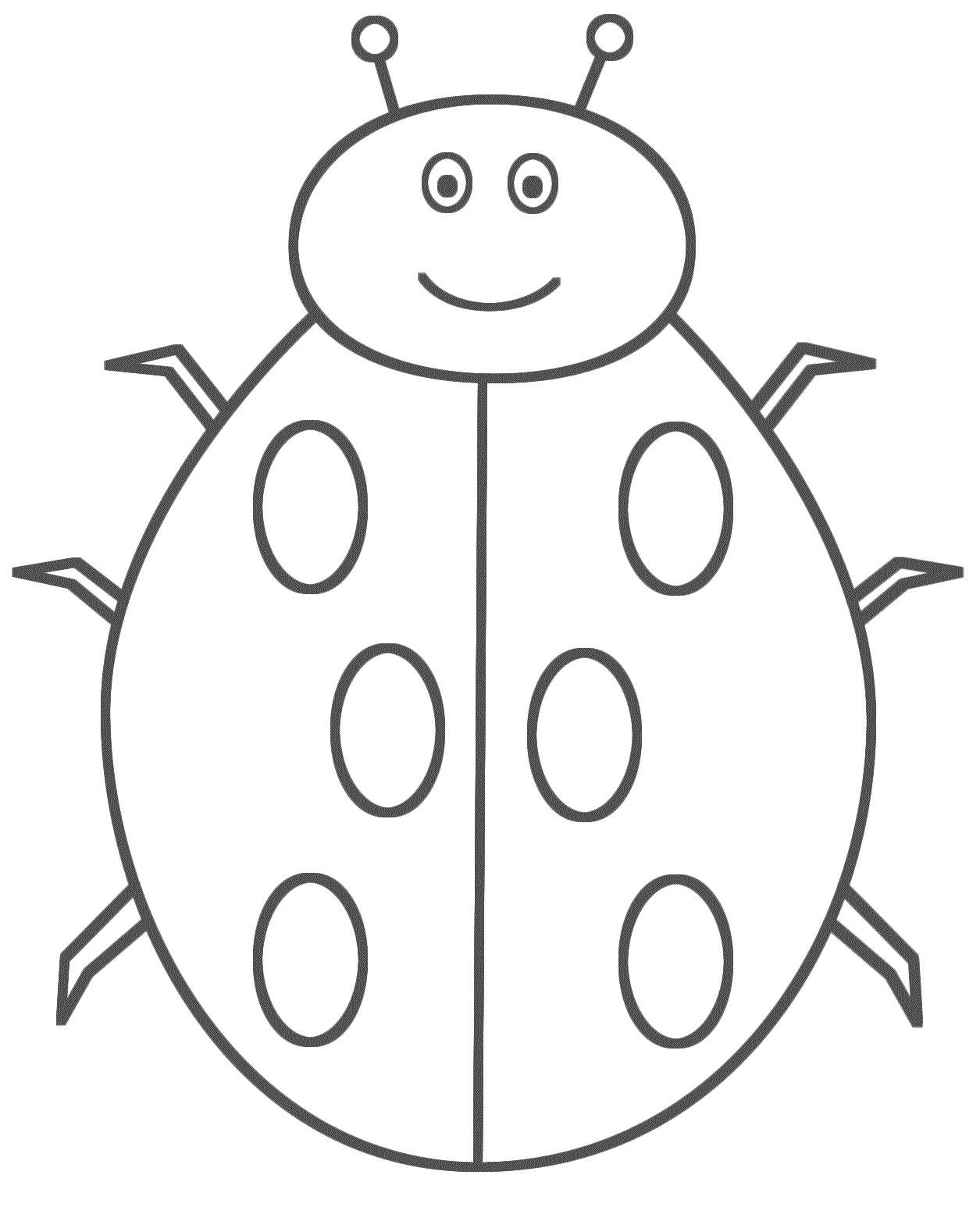
slug bug coloring pages 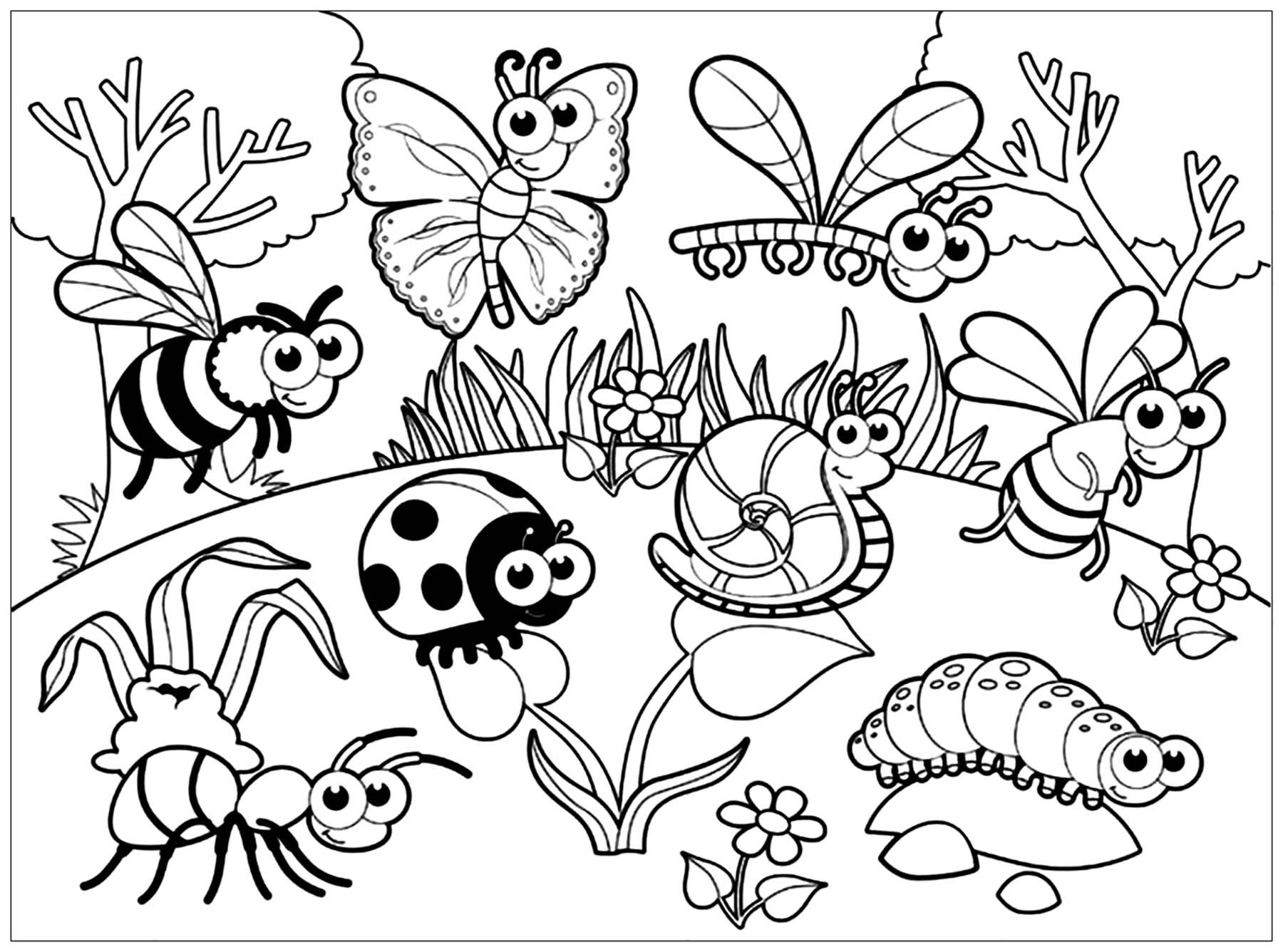
bug and insect coloring pages 
bug coloring pages for kids
Ladybug is commonly yellow, orange, or scarlet red with small black spots on the cover of their wings. The legs are black, as are the head and antennae.
Many species are mostly entirely black, gray, or brown, so it can be difficult for non-entomologists to recognize them as ladybugs. In contrast, many small beetles are easily mistaken for ladybugs, such as the cassidinae (Cassidinae).
Unlike most insects, ladybugs have captured people’s imagination and are generally held in high regard. In some cultures, they are considered an encouraging sign, the killing of which brings bad luck.
Their image is used in artwork, jewelry, and movies. In addition to this, they play an important ecological and agricultural role. Most species feed on aphids and scale insects, thus keeping the number of these agricultural pests controlled.
Most ladybugs are predators with a ravenous appetite for aphids and other soft-bodied insects. Adult specimens eat several hundred aphids before mating and laying eggs on plants.
Ladybug larvae also feed on aphids. Some species prefer other pests instead, such as mites, whiteflies, or mealybugs. Some species even feed on fungi or molds.
A small subfamily of ladybugs (Epilachninae) includes beetles that feed on leaves, such as Epilachna varivestis. There are a small number of parasitic beetles, but by far, most ladybugs are beneficial predators, as they feed on insect pests.
Ladybugs are part of the Endopterygotes. It is a superorder of insects in the subclass Pterygota. It moves from the larval chrysalis stage to the adult or complete metamorphosis stage.
Most ladybugs mate in spring or summer, and the female lays a cluster of eggs as close as possible to an aphid colony.
In most species, these eggs hatch, giving birth to larvae within a week. The larval stage lasts 10-15 days, after which they transition to the chrysalis or pupa stage before becoming adult ladybugs.
The entire ladybug life cycle lasts only seven weeks. Most species produce only one generation per year, although some have two.
Ladybugs living in temperate regions like butterflies and moths enter a dormant state, known as diapause, during the winter.
Some species (e.g., Hippodamia convergens) gather in groups and move to higher ground, such as a mountain, to enter diapause.